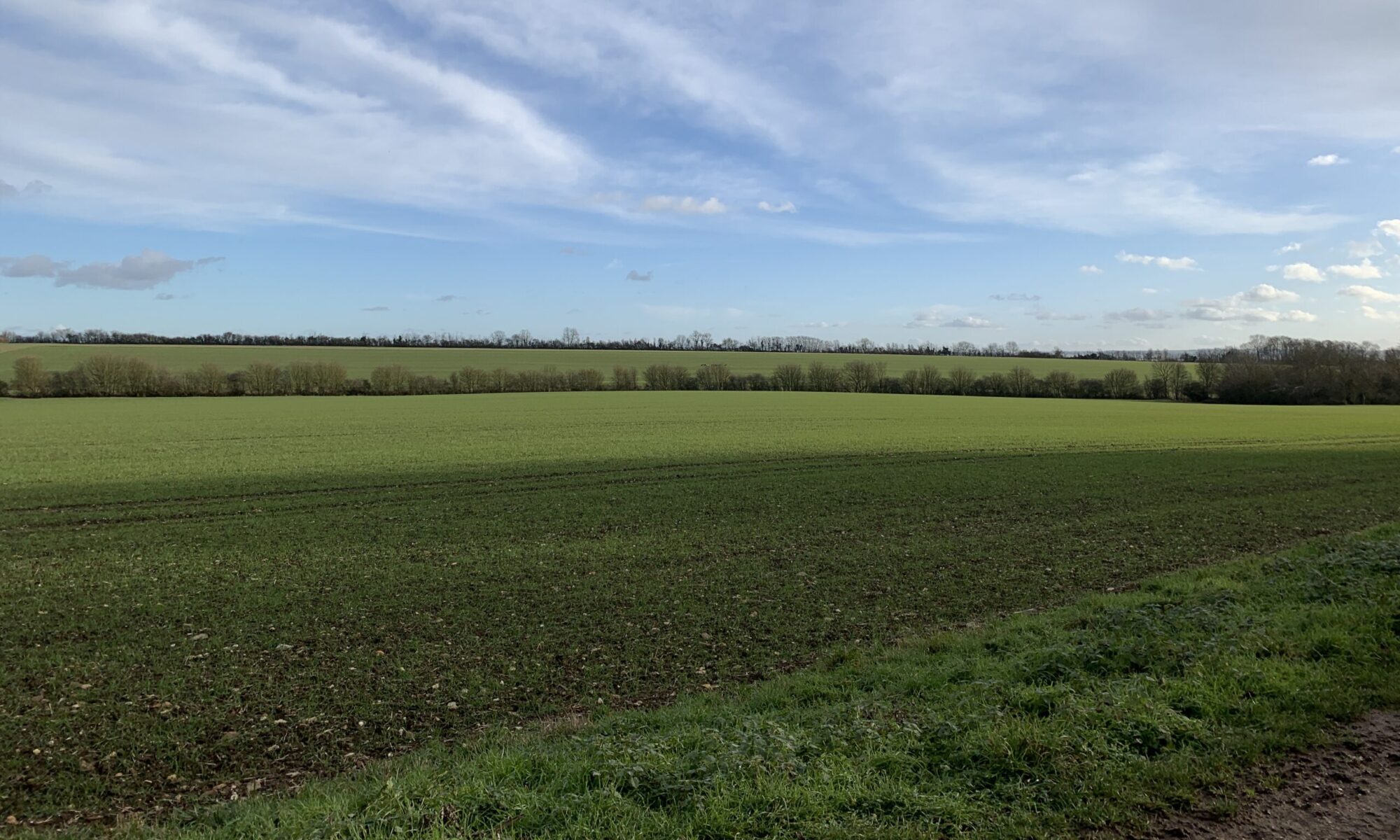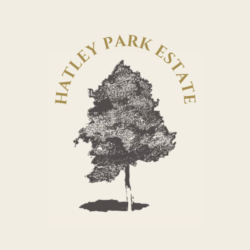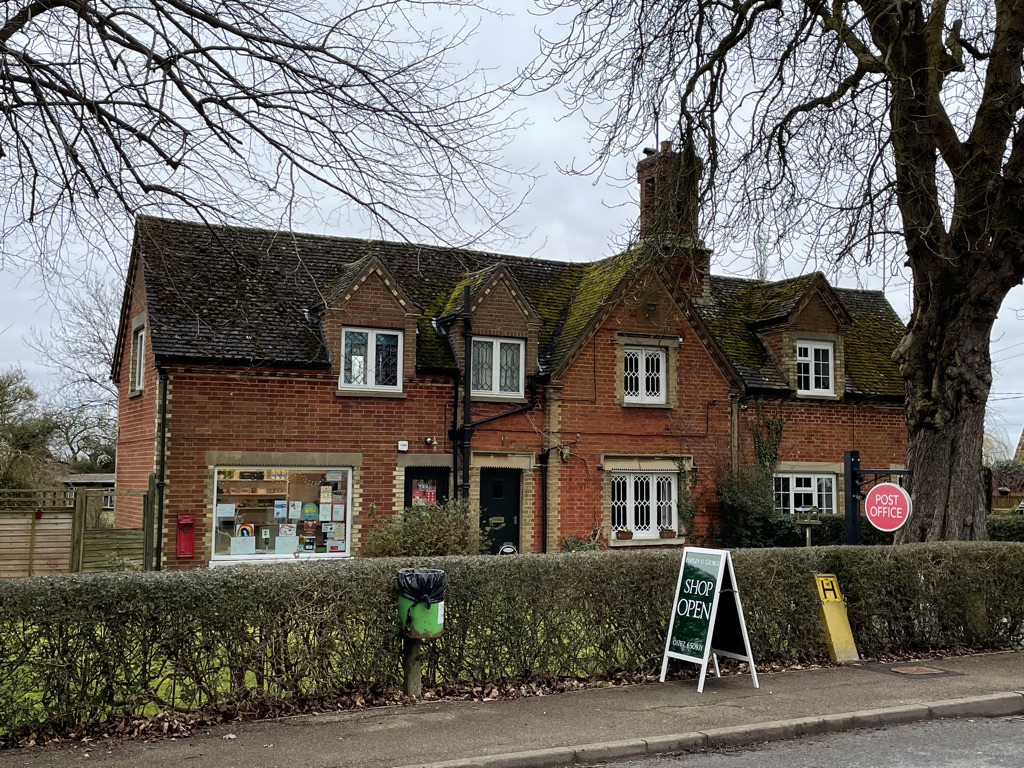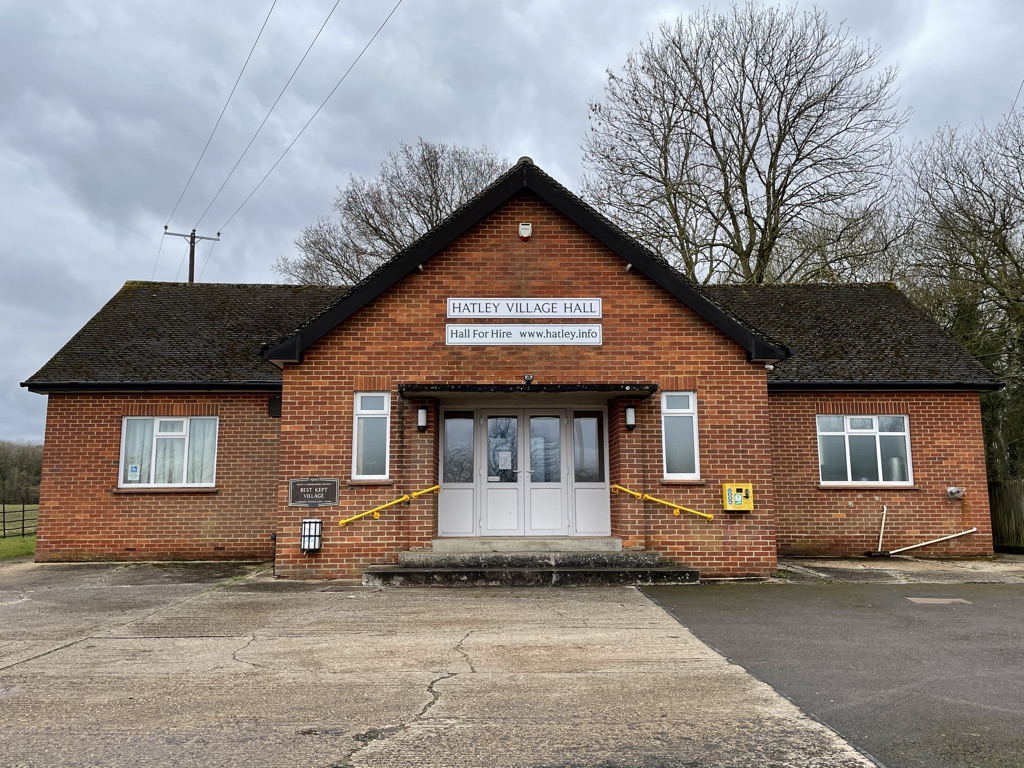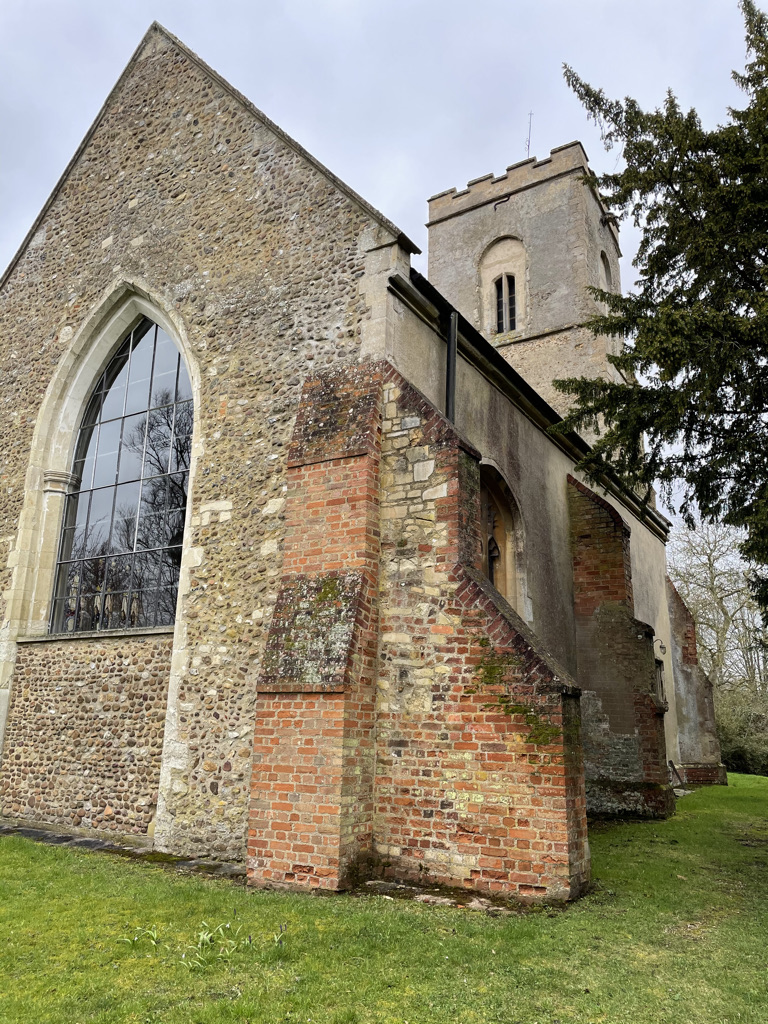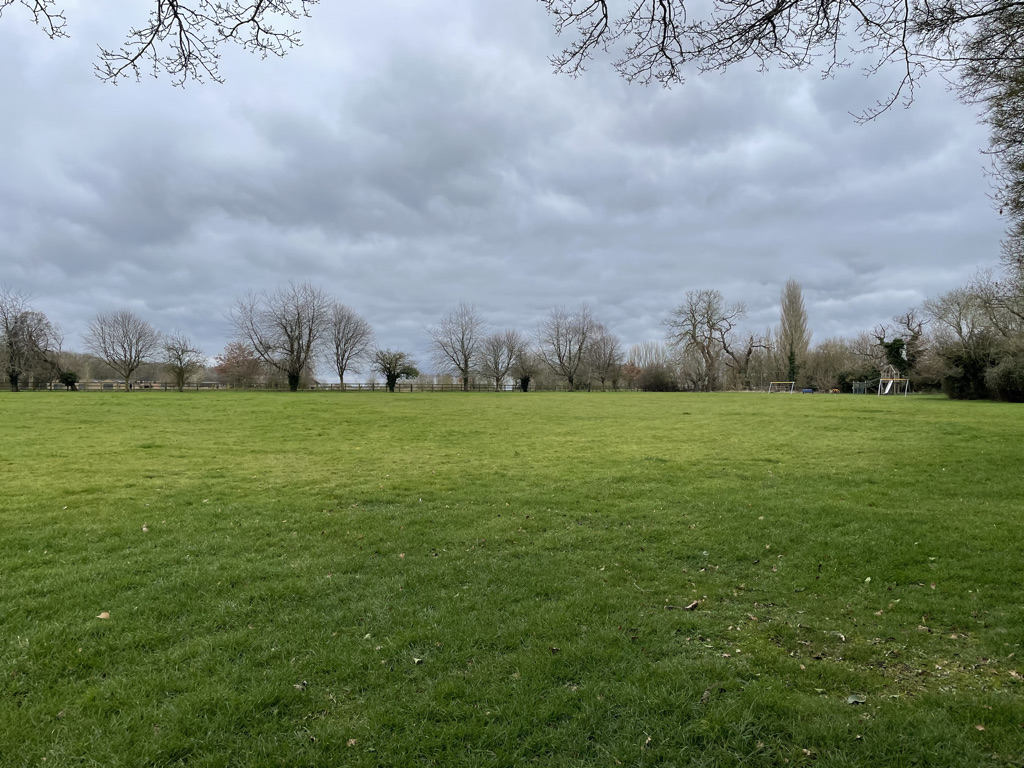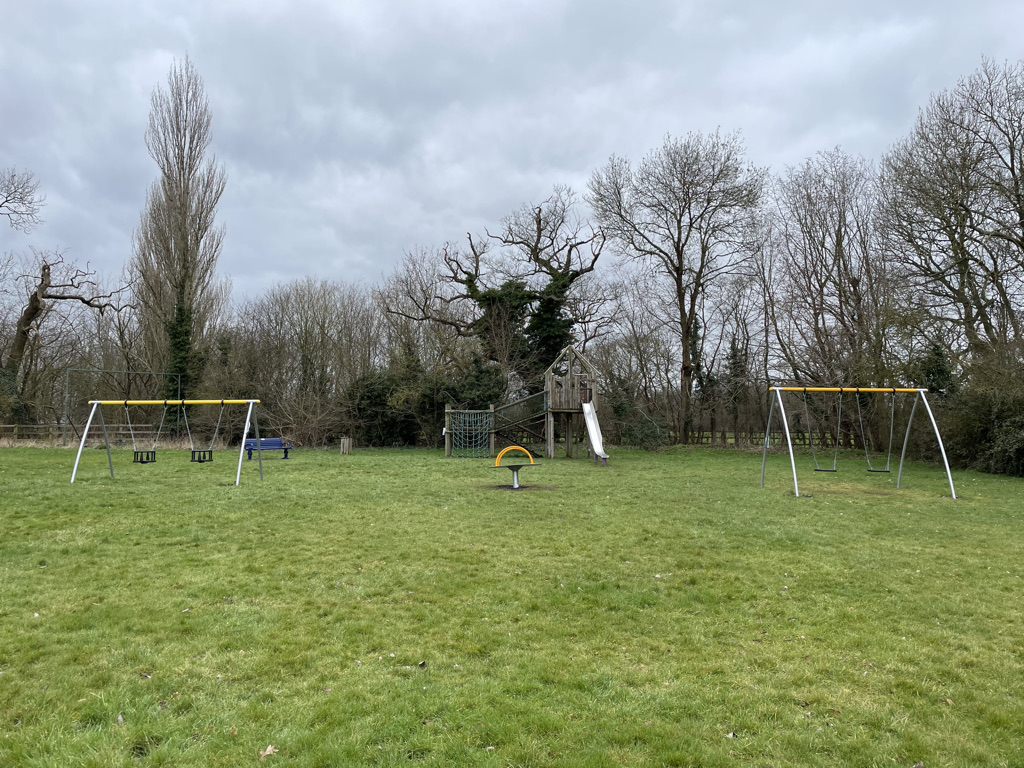Hatley St George and East Hatley, which is probably the older of the two villages, had late Saxon settlements in 986 AD, and they were mentioned in the Domesday Book, which King William the Conqueror commissioned to survey his new land in 1086.
There are earth works near the Chapel of St James the Greater, the active Church in Hatley St George, built in the 12th Century, which might have been the first village site. The ending -ley referred to a clearing in a wood. For being in one of the least wooded counties in England it is lucky enough to have Buff Wood, an ancient oak, ash and elm wood, lying between the villages. It used to have a monastery in it and it has been said that those who are sensitive to such things sometimes glimpse a fleeting monk in certain parts of it. Certainly the renowned ecologist Dr Oliver Racham did much research there.
The village has a playing field, where the local cricket team used to play, with a children’s playground. It also has a small shop and Post Office, run by Sylvia and Mick, and a Village Hall, which is run by the Parish Council. Back in the 1950s the local shop was run by a Mrs Danby, who as a young girl remembered the great cricketer WG Grace once playing at Hatley (he died in 1915). The local pub, the George, and the school closed many years ago. Although the Main Street has much more passing traffic on it now, it is still a quiet and pleasant village with well spaced houses in it.
